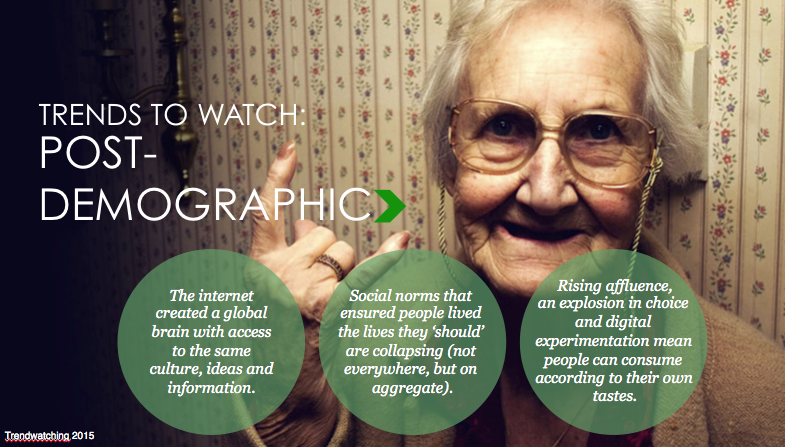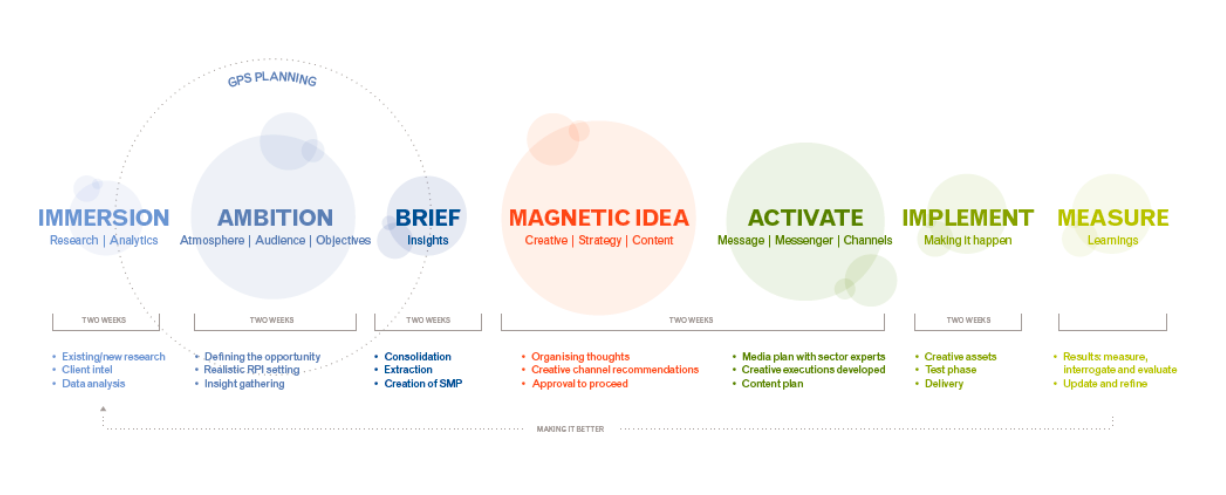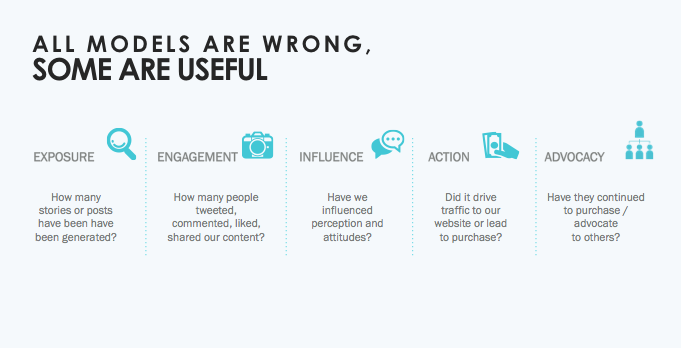Insight-Driven Content Marketing
“Insight-driven content marketing”. Buzzwords have rarely been so crammed into a single sentence in the history of marketing.
Yet, this was the title of the keynote I gave earlier this month at ICEEfest (the Interactive Central & Eastern Europe Festival), and it is a matter of some serious import for marketers.
As I told attendees in Bucharest, the question of how to produce good or even great content marketing programmes is one our entire industry is struggling with at present. It is one I have struggled with for most of my career, a consistent theme bridging client side to PR and media agencies alike.
My role these days entails working across our network of 80+ offices, supporting my team in coordinating across markets and working with various levels of familiarity with research, analytics, social or digital. The planning process inevitably comes down to a question of head vs. gut: are you going to take advantage of the nearly limitless data and information available to the modern-day marketer, or fall into the trap of ‘gut thinking’?
At FleishmanHillard, we believe that powerful ideas are generated from a deep understanding of the audience, the universe they live in and the challenges they face. In 2016, with 69% of marketers creating more content than ever before – and audiences becoming less patient and more technically skilled at tuning out poor marketing – starting with insight has never been more important.
But gut thinking is deeply entrenched across our industry. Thus, as with any bad habit, the first step in breaking the cycle is putting in place processes that support insight-led thinking.
We use COMPASS planning as a formal model to support planning, activation and optimisation based in data. The process keeps data at the heart of our planning, activation and assessment of success.
We build programmes that are Social@Scale. From strategy blueprints and architecture through to editorial guidelines and metrics that matter, we are considerate of the infrastructure and management of content marketing in the social age – because it’s critical to achieving scale and measurable results.
Lastly, we optimise to improve content. We measure against a consistent model, clearly define success and set up intelligent tracking before launch. It’s no small ask but it means we can understand which content our audiences find interesting; which content they share with their networks (and possibly why); and which content drives down-funnel activity.
The upside of all that effort? Our teams are able to produce intelligent content that builds trust and authority with your audience. And once audiences know we are providing the timely, relevant and useful content they need – they are more likely to read the next piece we put out.
(Hopefully with fewer buzzwords.)
Find Out More
-
Platinum CMS Award
March 13, 2024
-
Changing Communications Tack at Mobile World Congress
February 21, 2024






